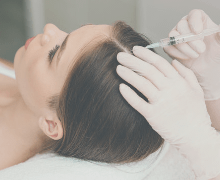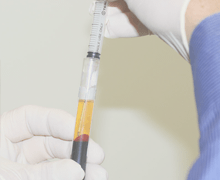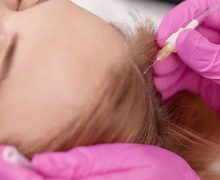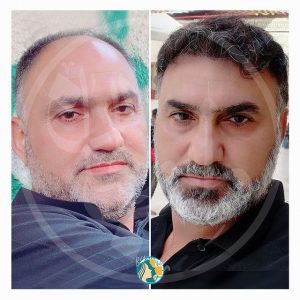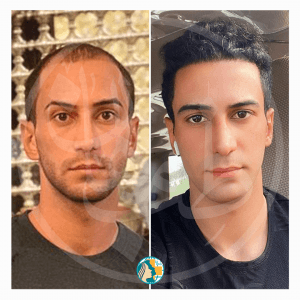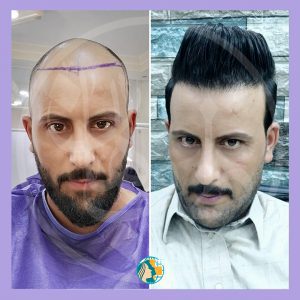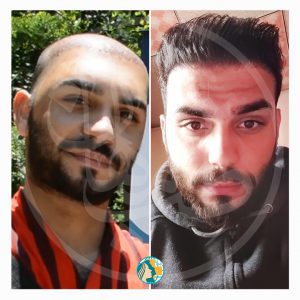
What is hair transplantation and how is it performed?
Hair transplantation is a major development in the field of health and treatment, and it has entered the medical community, solving many problems and concerns related to hair loss and hair thinning. This method was first introduced as an idea by Japanese medicine in 1939 and implemented in 1959 due to the efforts of German medicine. Hair transplantation is a method that can be considered as one of the most common areas of treatment among people today.
Today, natural hair transplantation can be presented as the simplest and most effective way to increase hair growth by removing the hair roots from the entire back and transplanting them into the short back. The way in which new methods have been discovered over the years in the field of medicine to improve them and make them more effective.
The 21st century considers hair transplantation the only effective treatment for hair growth on the scalp. Therefore, today, by using new methods, the best performance in this field can be seen.
People who face the problem of baldness or thinning the hair on their heads, they have a lot of questions in their minds. The questions that medical science will face today is the final and effective course.
Transplantation is a procedure without general anesthesia, which will bring many benefits to people. In fact, the most common hair transplant procedure is due to the lack of anesthesia and the lack of complications.
A noticeable difference that can be seen completely after transplantation is the difference in beauty and face. So, after about 99 days of the operation, you can see its immediate and palpable effect.
Areas where hair transplantation can be performed
Another advantage of planting is that there are no restrictions in the planting area. In this way, hair transplantation operations can be performed in the following areas.
- Head
- Planting in a mustache and beard
- Eyebrows
There are areas each of which can perform the transplant according to the expert’s diagnosis.
Who does hair transplantation not apply to?
Thanks to medical science and the efforts of experts and researchers, transplantation is possible for all people in the 21st century. Meanwhile, some people who have special conditions, due to the expert diagnosis and test results, will not be able to undergo this operation.
For example:
Diabetics and infectious diseases
People with skin problems
Men between the ages of 18 and 25
And those with thick non-surgical skin
These people will be exempt from surgery for medical reasons and will not be able to perform the implants if there is any of these problems. It is worth noting that there is no minimum age for women in the field of transplantation.
FIT hair transplantation is one of the latest and best hair transplantation methods. This method is the basis of more advanced methods such as SUT or Micro FIT and it has become the most popular method of hair transplantation today. The FIT method is low risk, complications, and extremely invasive. To the extent that it is referred to as a non-surgical hair transplant.
Of course, all hair transplant operations are a type of surgery. But in FIT and other methods based on it, because the wounds are very small (about 1 mm), the bleeding is in the form of drops and no sutures are needed, they are called non-surgical methods.
Care tips after hair transplantation
Below we will refer to the most important points of post-operative care so that patients do not feel anxious after noticing them.
Do not remove dressings
Endure some mild headaches caused by the surgery
Use simple pain relievers for headache relief with a prescription
Do not do heavy activities
Take care while you are resting
Don’t do boring sports activities and sweat-inducing motions
Avoid washing your hair
Do not be exposed to direct sunlight
From the above, there are the points that can be noted to know the effectiveness of hair transplantation.
Hair strengthening and ways to do this
In addition to hair transplantation, methods such as hair mesotherapy and PRP are currently used. For those who have just suffered from hair loss, are at a young age or see a doctor quickly, this problem can be treated and eliminated to a great extent using hair restoration techniques. There are two suitable methods that dermatologists usually prescribe to treat and prevent hair loss, Mesotherapy and PRP, both of which are new and very effective. Both methods are approved by the World Health Organization, and in both cases, the affected area is injected, which works to thin the hair. Click on the image of each method to display the information.
The total price of the package: $400
Note: In the event the patient needs additional medical equipment and services, the clinic charges an additional amount in addition to the specified and fixed amount.
Validity Date: 30th March 2021
Patients' Opinions
Natural hair transplantation by FIT technique
Hair cultivation
Hair transplantation are guaranteed.




